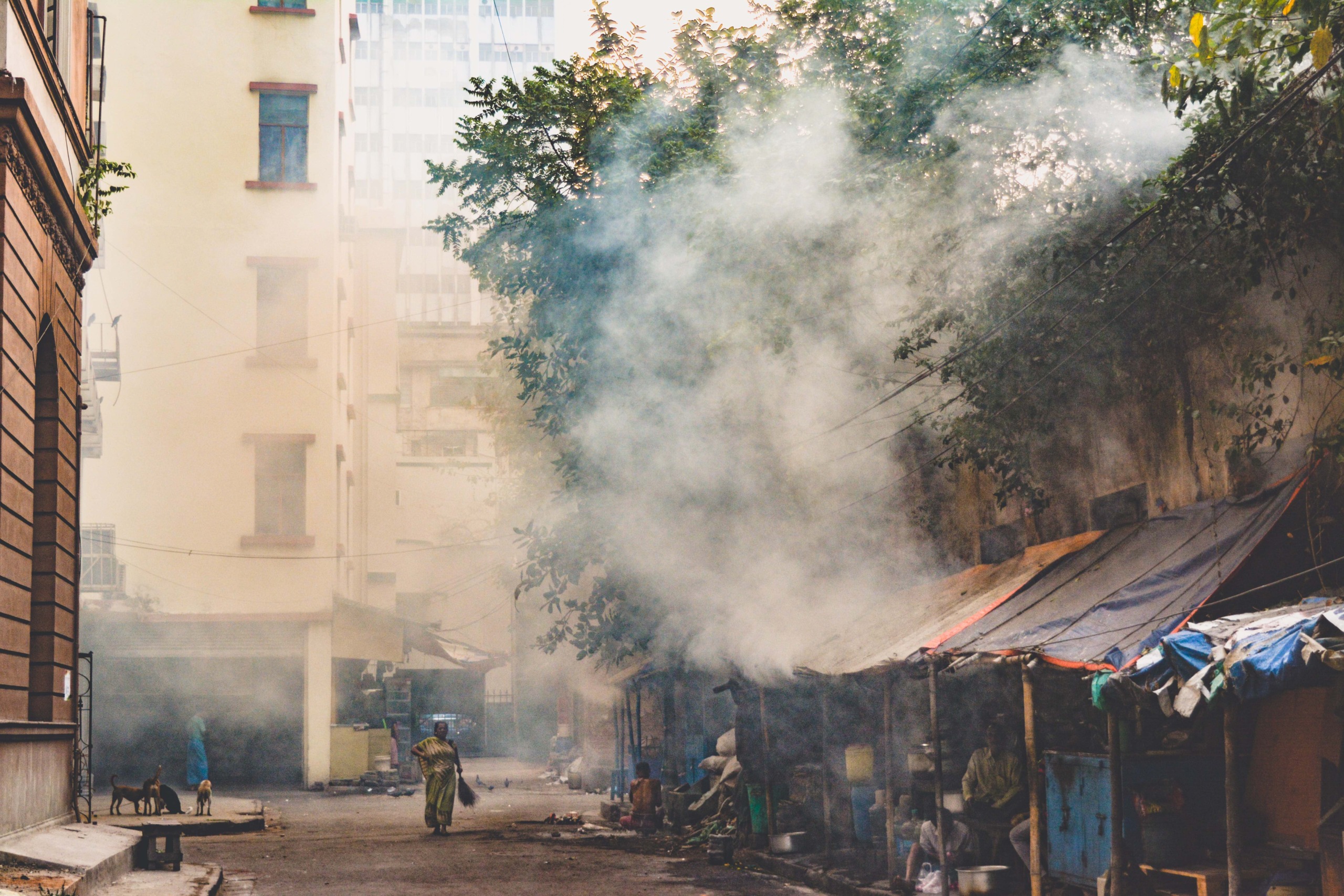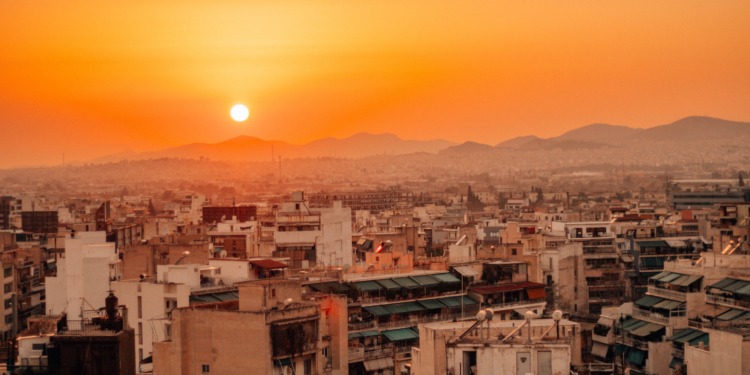On January 30, the World Inequality Lab (WIL) at the Paris School of Economics (PSE) published a new report about how the emissions gap both within countries and between countries is being driven by wealth inequality.
We are releasing our Climate Inequality Report today. It’s a synthesis of hundreds of research papers on the « triple climate inequality crisis ». It comes up with novel solutions to close the climate finance gap in the Global South. Have a look!👇🏼 🌍 https://t.co/c6b2Pu6Jav pic.twitter.com/urW4vqd5lV
— Lucas Chancel (@lucas_chancel@mas.to) (@lucas_chancel) January 31, 2023
The fact that high-income nations and individuals emit disproportionate amounts of GHG is not groundbreaking. However, the rest of their findings have the potential to change how the world currently understands and approaches the problem of the “emissions gap.”
The Report and Its Key Takeaways
The WIL’s 2023 Climate Inequality Report was co-authored by Lucas Chancel and Philip Bothe of the WIL and Tancrède Voituriez from The French Agricultural Research Centre for International Development (CIRAD) and The Institute for Sustainable Development and International Relations (IDDRI).
At its core, the report aims to answer the fundamental question of who must bring down their emissions, at what pace and when?
To answer this question, the report challenges the idea that policies aimed at reducing GHG emissions should focus on all emissions and all emitters equally – policies based on the (seemingly) logical premise that all carbon affects the climate equally, no matter where it came from or by whom it was emitted.
Ultimately, the authors are arguing for more global environmental policies to incorporate inequality considerations, not only for the sake of justice, but for the sake of efficiency:
“It seems likely that the same absolute reduction in emissions is relatively easier to achieve for high-income individuals (or firms) than for low-income and low-emitting groups whose carbon emissions are linked to essential needs such as domestic heating or commuting and who have little economic resources to afford change.”
If the marginal effort required for net emissions reductions are lower in certain portions of the population than others, the fastest way to reduce the most emissions is to target those areas first.
Additionally, according to Sixth Assessment Report from the Intergovernmental Panel on Climate Change (IPCC), irreversible climate overshoot will be inevitable if global carbon emissions do not peak and then begin to persistently decline between 2020 and 2025.
Whether the goal of limiting climate change to 1.5 °C will remain attainable is entirely dictated by how quickly emissions can be reduced; when time is of the essence, efficiency is everything.
How does the report challenge the norm?
The relationship between wealth disparity and the emissions gap is now well understood and has already prompted changes to environmental policies globally, perhaps most notably in the breakthrough agreement at COP27 to provide loss and damages funding to vulnerable countries.
This fund aims to address the emissions gap that exists between nations, by helping to fund mitigation and adaptation efforts in poorer countries that are currently withstanding the brunt of climate change, despite contributing far less carbon to the atmosphere historically than developed nations and having fewer resources to combat the physical effects of climate change.
The fact that the same emissions gap exists between individuals is also well understood. The top 1% contribute wildly disproportionate amounts of carbon to the atmosphere, whilst being the most capable of insulating themselves from the effects of climate change.
However, the new report from WIL shows that the average emissions gap between the highest- and lowest-earning individuals within nations is now larger than the emissions gap between countries, or, in other words, within-country carbon inequality now explains the bulk of global carbon emissions inequality.
One example demonstrates how the difference between these inequalities (between country and within country) can be understood by showing that the top 10% wealthiest individuals in East Asia emit 40 tonnes of carbon per year per person, a larger footprint than that of the top 10% in Europe.
In contrast, average emissions of the bottom half of the East Asian population (2.9t/year) are much lower than the bottom 50% of the European population.
Thus, focusing on policy changes that address the emissions gap between nations isn’t as efficient as targeting policy changes towards the highest emitting individuals within nations. The report makes the claim that “international transfers will not be sufficient to address climate inequalities… Profound transformations of international and national tax regimes will be necessary.”
In a sense, a loss and damages fund which allows money to flow from the Global North to the Global South, whilst relevant for the sake of “climate reparations,” isn’t an efficient way to address the wider emissions gap that exists between individuals.
If the developing countries who will receive loss and damages funding don’t have progressive tax policies in place that address the inequality between the highest and lowest carbon emitting individuals within their own nations, the fund will be inefficient, allowing developed countries to essentially subsidise the more relaxed domestic taxation policies of some developing countries.
Related Articles: Billionaires’ Carbon Footprint Is Driving Us to Climate Breakdown: What Can We Do? | UNEP Report Calls for a ‘Step Change’ in Adaptation Investments | Taxing the Rich: A Carbon Tax on the Top 1% Could Have Earned the UK £126 Billion Over 20 Years | The Huge Carbon Footprint of Billionaires
The creation of the loss and damages fund at COP27 was perhaps the largest, or most widely discussed, breakthrough of the summit, but this report is questioning whether this approach is effectively addressing the inequality that is at the root of the emissions gap.
The report is changing other ideas about how poor countries will be affected by the shifts in global climate policies.
In the era of nationally determined contributions (NDCs) and the Paris Agreement, many have wondered whether undeveloped and developing countries will be able to become developed whilst adhering to the same strict regiments of carbon-cutting programs as nations that became developed without these limitiations.

This concern is the basis for the UN’s Sustainable Development Goals which have been providing a framework since 2015 for development within such limitations.
However, the WIL’s report points out that the predicted carbon budget that would be required to eradicate the most abject levels of global poverty is less than the carbon emissions of the top 1%.
Eradicating poverty below the benchmark of $1.90/day would require a 1% increase from current global emissions, and ending poverty below the $3.20 benchmark would require a 5% increase.
In contrast, current emissions from the top 1% of society account for 15% of current global emissions.
According to this report, the carbon budget necessary for the ambitious goal of eradicating all poverty below the $5.50/day benchmark would require an 18% increase in global carbon emissions, which is only marginally more than the current emissions of the top 1% and significantly less than the share of carbon emitted by the top 10%, which makes up nearly half of all global emissions.
It is clear that there is room in the global carbon budget to lift billions of people out of poverty, if the emissions of a much smaller fraction of people can be curbed.
Proposed Solutions for the Emissions Gap
The WIL have proposed a tax on the world’s centimillionaires, which would contribute significantly towards the required funds for adaptation and mitigation, in addition to restrictions on fossil fuel investments and subsidies.
The tax would apply to the world’s 65,000 richest adult individuals, who represent a little more than 0.001% of the global adult population.
The report coins this proposal the “1.5% wealth tax for 1.5 °C.”
In theory, it would be designed to place a 1.5% tax on net assets owned between US$100 million and US$1 billion, a 2% tax on net assets between US$1 billion and US$10 billion, a 2.5% tax on assets between US$10 billion and US$100bn, and a 3% tax on assets above US$100bn at 3%.
The writers also reference the proposal from the Organisation for Economic Co-operation and Development (OECD) regarding major reform of the international tax system. From 2023, this reform will allow the OECD to ensure that Multinational Enterprises (MNEs) will be subject to a minimum 15% tax rate.
As the OECD reform proposal currently stands, the revenue from this tax will not benefit most low- and middle-income countries (LMICs). The report suggests that altering the redistribution of the funds raised by this minimum tax rate would also significantly aid the effort for mitigation and adaptation.
The report also suggested that the emissions gap was continuing to drive emissions in one unexpected way. By associating high-emission activities and purchases, like large cars and jet setting, with wealth, carbon-heavy lifestyles have become an indirect status symbol.
As long as extreme wealth inequality continues, individuals from the middle classes, who lust after similarly lavish lifestyles and have some degree of financial means, will aspire to similarly high-carbon lifestyles, which will continue to fuel emissions.
By reducing inequality, the societal incentive to pursue carbon-intensive lifestyles might also be reduced.
Ultimately, the broadest theme of this report aligns closely with a growing body of research that suggests that any climate action that does not disproportionately impact the lifestyles of the rich will not be effective at staving off climate catastrophe.
And for anyone who suggests that it isn’t fair to target the rich disproportionately, perhaps it’s worth keeping in mind that the investments and lifestyle decisions of 1% of the planet are continuing to subject the other 99% to the threat of severe environmental breakdown and, a smaller portion of them, to the unnecessary and inhumane condition of abject poverty.
Editor’s Note: The opinions expressed here by the authors are their own, not those of Impakter.com — In the Featured Photo: Sunset over a densely populated neighbourhood in Athens, Greece. Featured Photo Credit: Anastasia Sklyar.










